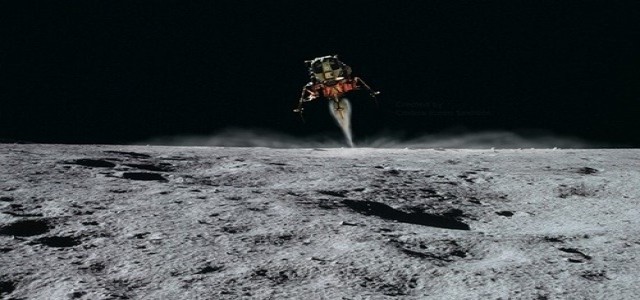
India has reportedly announced to reattempt moon landing with a plan to launch Chandrayaan 3 mission in August.
Three years ago, the Vikram lander of the Chandrayaan 2 mission crashed into the moon during the landing process, although the orbiter accompanying the lander is still conducting studies of the moon from a distance.
After the impact, ISRO (Indian Space Research Organisation) announced that it planned to swiftly launch a mission to reattempt the landing.
However, the COVID-19 pandemic spread worldwide, ceasing all types of space missions and impeding many of the planned launches of the country. Currently, ISRO is ready to schedule its return to the moon with a target to launch in August, merely three years after the blast-off of its predecessor.
Space Minister Jitendra Singh assured that the organization will take utmost precautions in this mission.
The cautious approach of ISRO has translated into multiple design changes to improve the chances of Chandrayaan 3's success in comparison to the crashed Vikram lander. For instance, the new mission would not comprise a science-capable orbiter unlike the previous mission’s orbiter.
S. Somanath, the Chairman of ISRO, cited that Chandrayaan 3’s orbiter would not be equipped with scientific instruments. The orbiter will only be assigned to transport the lander to the moon, supervise the landing through its orbit and establish communication between the Earth station and the lander.
Additionally, the new lander will comprise only four engines. The second-gen lander will also depend on a marginally different design for the landing legs and will comprise an instrument that can accurately measure the speed of the lander as it comes closer to the lunar surface.
The Chandrayaan 3 mission will be launched atop a Geosynchronous Satellite Launch Vehicle Mark III rocket from the Satish Dhawan Space Center. ISRO is yet to release details about the timeline of post-launch events.
Source credit:
https://www.space.com/india-chandrayaan-3-moon-mission-august-2022








